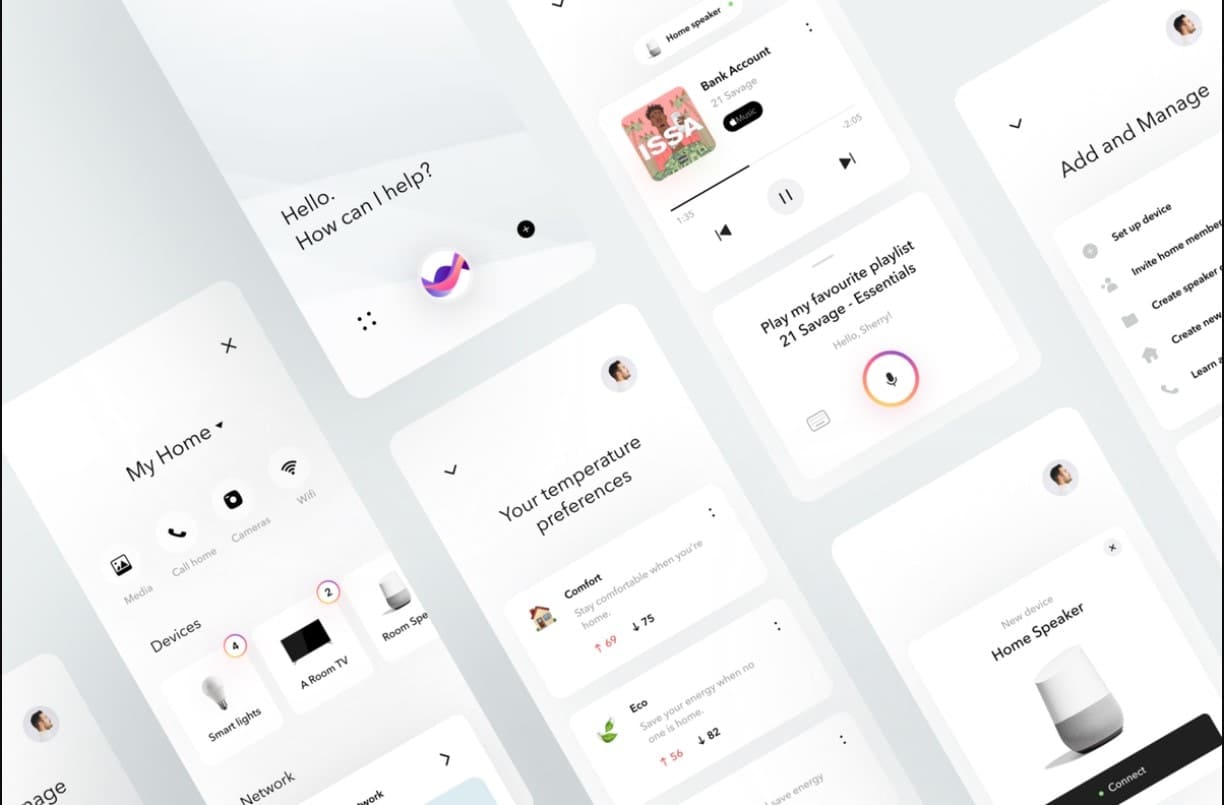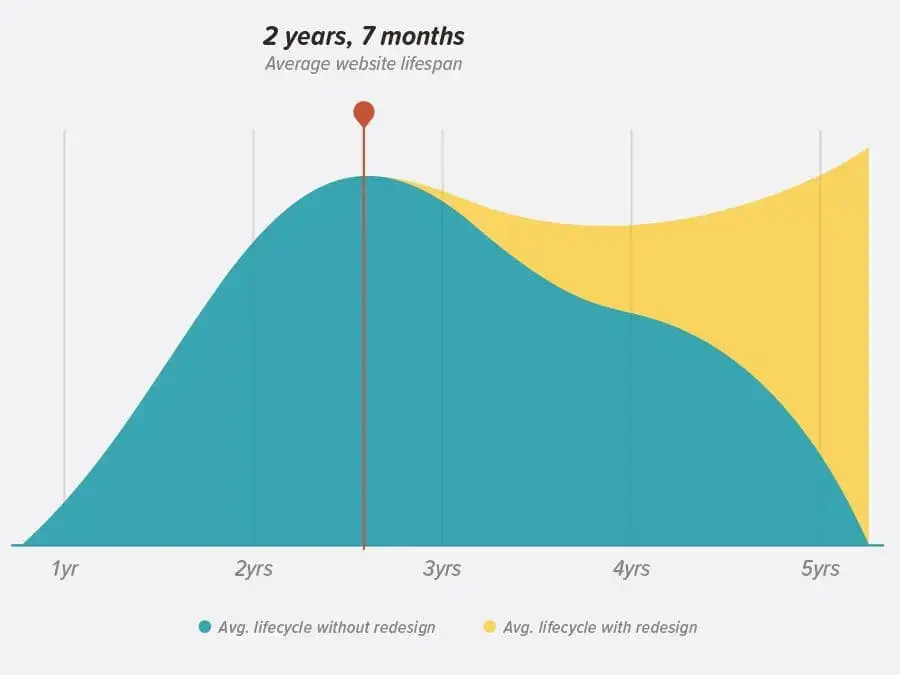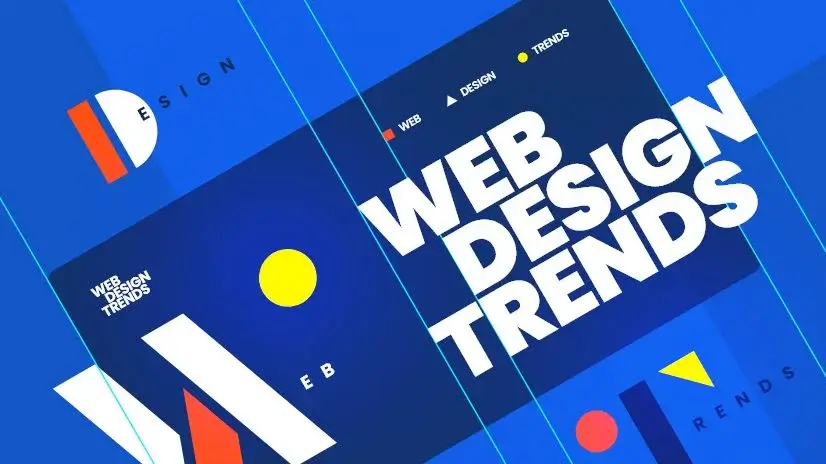· 4 min read
Creating Amazing User Experiences: A Guide to Exceptional Web Design
Elevate your website with exceptional UI/UX design. This guide explores key principles, best practices, and essential tools to create engaging and user-friendly online experiences. Contact Y5 Web Studio for professional web design services.

Ever wondered why some websites captivate you while others make you want to leave immediately? The answer lies in the power of UI/UX design. A well-crafted user experience can be the difference between a thriving online presence and a struggling one. This post explores the key principles and best practices of UI/UX design to help you create a website that not only looks great but also provides an exceptional user experience. At Y5 Web Studio, we specialize in creating stunning and user-friendly websites for businesses across Canada, including Vancouver, Calgary, and Edmonton.
What is UI/UX Design?
UI (User Interface) and UX (User Experience) design are often used interchangeably, but they represent distinct aspects of the design process. UI design focuses on the visual elements of a website - the look and feel, the presentation, and the interactivity. Think of it as the aesthetics of the website. UX design, on the other hand, encompasses the entire user journey and focuses on how easy and enjoyable it is for users to achieve their goals on your site. It’s about the overall experience, ensuring it’s intuitive, efficient, and satisfying.
Statistics consistently show the positive impact of good UI/UX design on key metrics like user retention, conversion rates, and customer satisfaction. Investing in UI/UX design is not just about making your website look pretty; it’s about creating an experience that drives business results.
The Essentials of UI Design
Effective UI design hinges on several key principles:
- Simplicity: A clean, uncluttered design makes it easy for users to find what they’re looking for.
- Consistency: Maintaining a consistent design language throughout your website creates a sense of familiarity and helps users navigate effortlessly.
- Intuitive Navigation: Clear and logical navigation is essential for a positive user experience. Users should be able to find what they need quickly and easily.
- Accessibility: Design for users of all abilities, including those with visual or motor impairments. Use sufficient color contrast, provide alt text for images, and ensure keyboard navigation is possible.
- Visual Hierarchy: Guide users’ attention to the most important elements on the page using visual cues like size, color, and contrast.
Best Practices in UX Design
Creating an amazing user experience requires a user-centric approach:
- User Research: Understanding your target audience is paramount. Conduct user interviews, surveys, and user testing to gain insights into their needs and behaviors.
- Prototyping: Create prototypes of your website’s design to test the user flow and identify potential usability issues early in the process. Tools like Figma, Sketch, and Adobe XD are excellent for prototyping.
- Usability Testing: Observe how real users interact with your website to identify areas for improvement. Gather feedback and iterate on your design based on the test results.
- Information Architecture: Organize your website’s content in a logical and intuitive way so users can easily find what they’re looking for.
Essential UI/UX Design Tools
Several tools can streamline the UI/UX design process:
- Figma: A collaborative design tool that allows teams to work together in real-time.
- Sketch: A popular vector-based design tool for macOS.
- Adobe XD: A powerful UI/UX design tool from Adobe Creative Cloud.
- InVision: A prototyping and collaboration tool for creating interactive mockups.
The Importance of Continuous Improvement
UI/UX design is an iterative process. Regularly gathering user feedback, testing your designs, and making improvements is crucial for maintaining an optimal user experience. A website is never truly “finished.” - Continuously analyze user behavior, track key metrics, and adapt your design to meet the evolving needs of your audience.
Conclusion
By understanding the principles of UI/UX design and implementing best practices, you can create a website that not only looks fantastic but also provides a seamless and engaging user experience. A well-designed website can significantly impact your business’s success by improving user engagement, boosting conversions, and fostering customer loyalty. Need help creating an amazing user experience for your website? Contact Y5 Web Studio. We provide professional web design services to businesses.




